Disaster Preparedness
September 19, 2017
In the very recent past, our country has experienced some rather extreme natural disasters. In the wake of these tragedies, however; we have also seen a tremendous surge of support and care from Americans all over reaching out to help their victimized neighbors in their time of need. As heartwarming as it is to watch a country join together in the interest of a positive common cause, there may not be a need for such overwhelming devastation each time disaster strikes.
Several years ago, I took a lengthy course on emergency and disaster preparedness. The class was meant for adults, but I wanted to learn and proved capable enough, so they let me take it. The name of the class was CERT: Community Emergency Response Team. It covered everything from a typical cut, scrape, or sprain, to CPR, triage, and fractures.
While taking the class, I learned an immense amount of information regarding the treatment of minorly to severely wounded people, but that wasn’t my main reason for taking it. The course also covered how to prepare for and what to do in the event of fires, earthquakes, hurricanes, floods, tornados, and even lightning storms.
At the end of every session, I’d come home with new knowledge as to how to prepare for a different disaster, and implemented many of the safety measures in my home. The course also included interactive simulated situations in which the participants got to test their newly acquired skills in artificial disasters. Like any other class, there were tests, quizzes, handouts, and lots of information. However, despite the intensity of the course, I was fascinated by the material presented and thoroughly enjoyed learning the valuable skills being taught.
Preparing for earthquakes was particularly relevant to me, given that I live in California. Safety measures to prepare for an earthquake include keeping a pair of tennis shoes directly next to your bed in the event of shattered window glass on the floor after an earthquake in the middle of the night. Of course, it is always wise to keep a flashlight next to your bed in the event of a power outage or any kind of emergency,and this applies to earthquakes as well. Additionally, keeping a small, easily accessible bin or backpack full of nonperishable food and boxed waters, a first aid kit, a flashlight, batteries, and other emergency essentials in your room is another great idea presented by my course instructor to quickly aid you in any disaster. In the midst of an actual earthquake, the best place to be is near something tall and sturdy to block yourself from falling objects.
These seemingly small adjustments and tips are in reality crucial preparations for potentially life-or-death scenarios that could strike at any moment. It is for this reason that I believe that disaster preparedness should be incorporated in school curriculum, beginning either in middle or high school, in order to inform students on how to respond to scary and confusing situations that catch everyone off guard. Perhaps the class would be a semester-long rotation in high school, so it would not overly interfere with the core academics. Furthermore, there should even be a required course for all U.S. homeowners, to ensure that adults, too, are well-informed and prepared. Either way, the more informed the general public is, the safer an environment will be for everyone.
Fortunately, although there have been a couple of close calls, I have never had to use any of the skills I learned in that class in real life. Unfortunately, that could change at any second (knock on wood). Needless to say, if I hadn’t taken that course and disaster struck today, it would be too late. Those skills and preparations I learned might someday save my life, just like they could save millions of other lives if more people enrolled in similar training programs.
While it was wonderful to see so many people rallying around their fellow Americans in this recent time of need, it would have been even better if more of those people had been prepared. Perhaps there wouldn’t be so much damage or devastation.
When it comes to being prepared, now is always better than later. There is nothing stopping us from helping ourselves – all it takes is education. The more people we educate, the less our nation will suffer as a whole. As the saying goes, “The more you sweat in practice, the less you bleed in battle.” We’ve bled a lot in the past month, and it’s time to rebuild and start sweating.

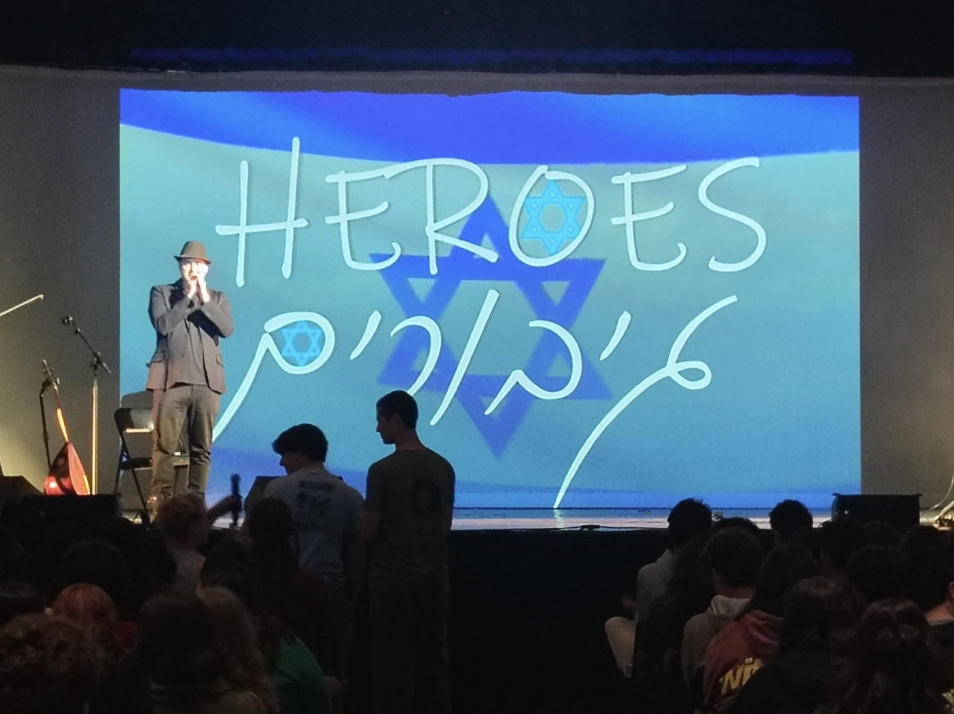




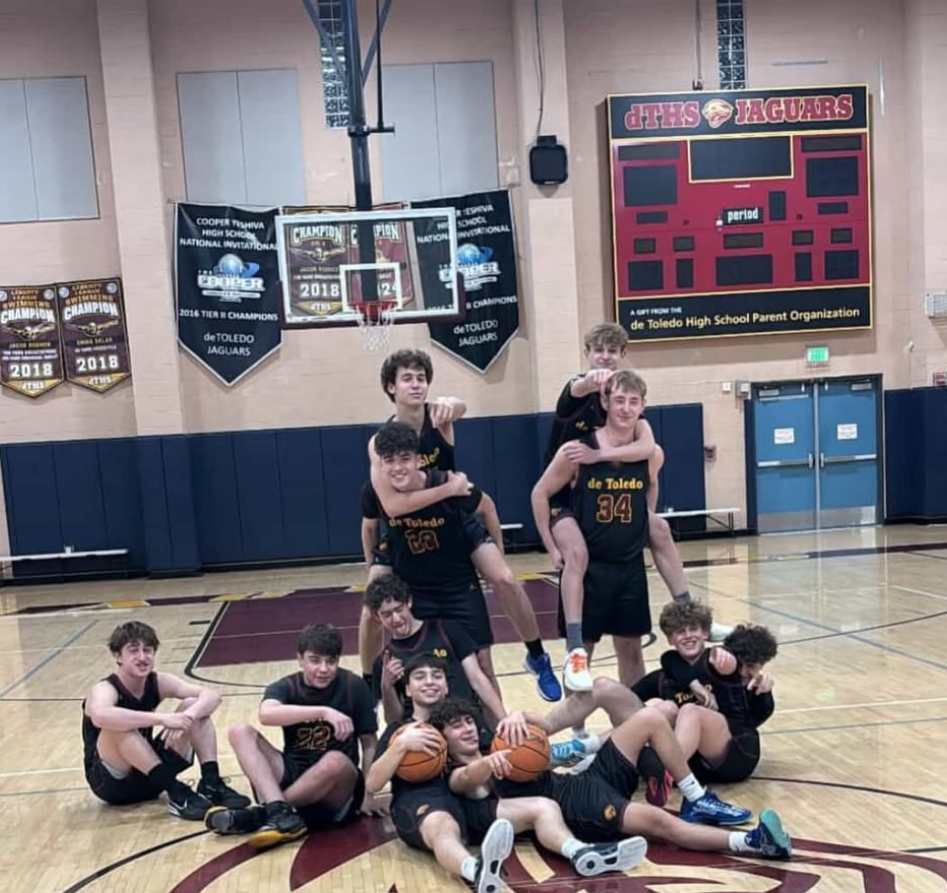
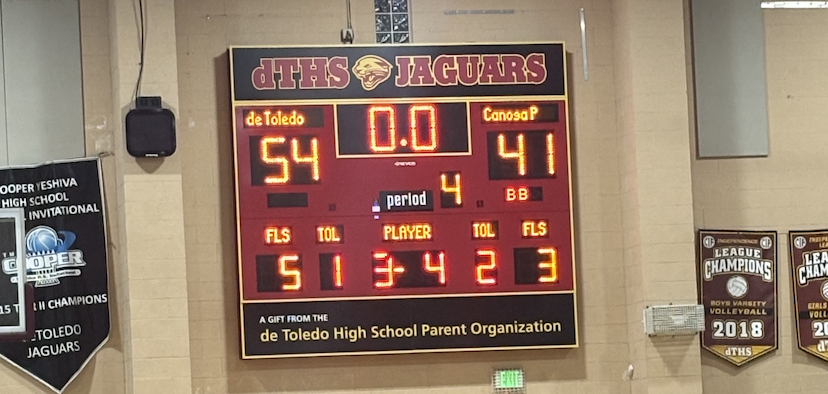

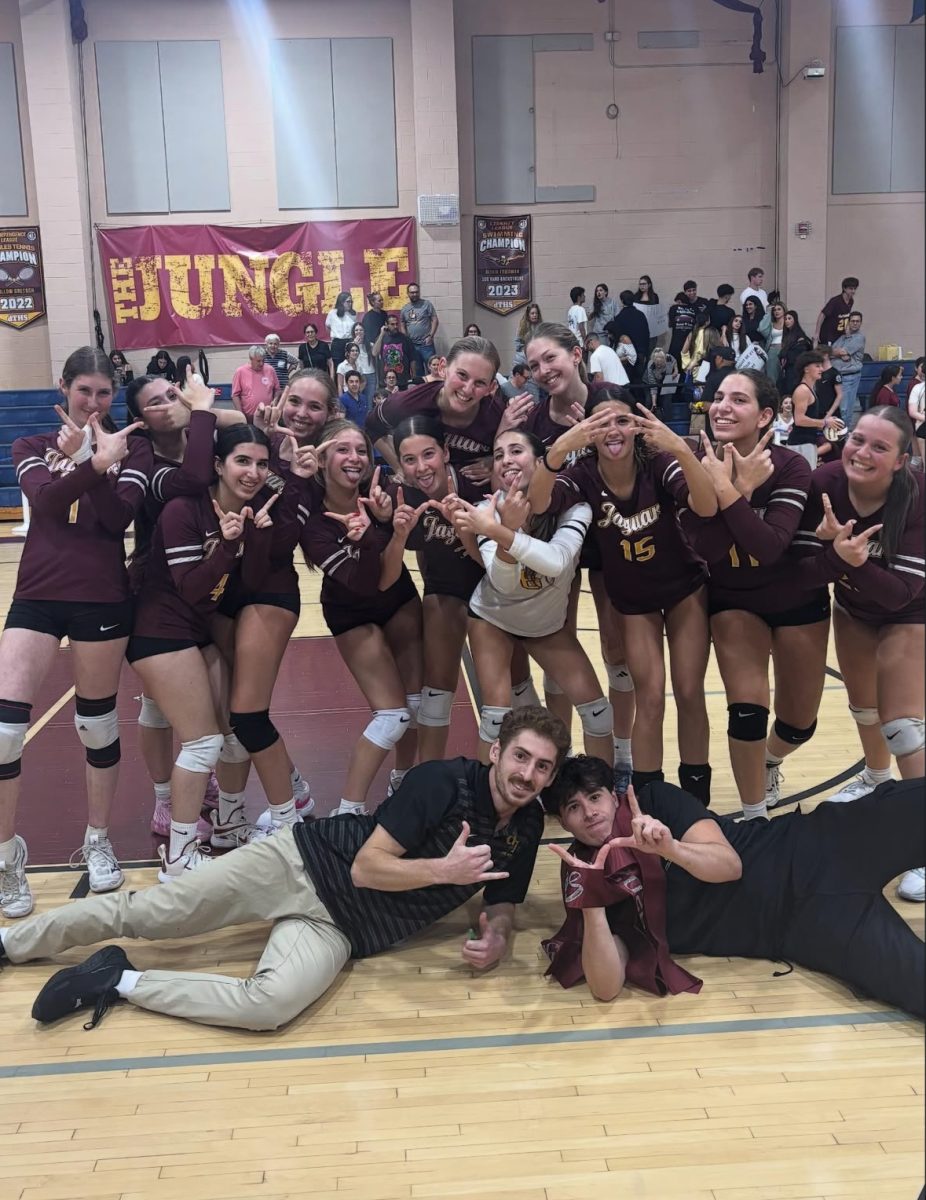

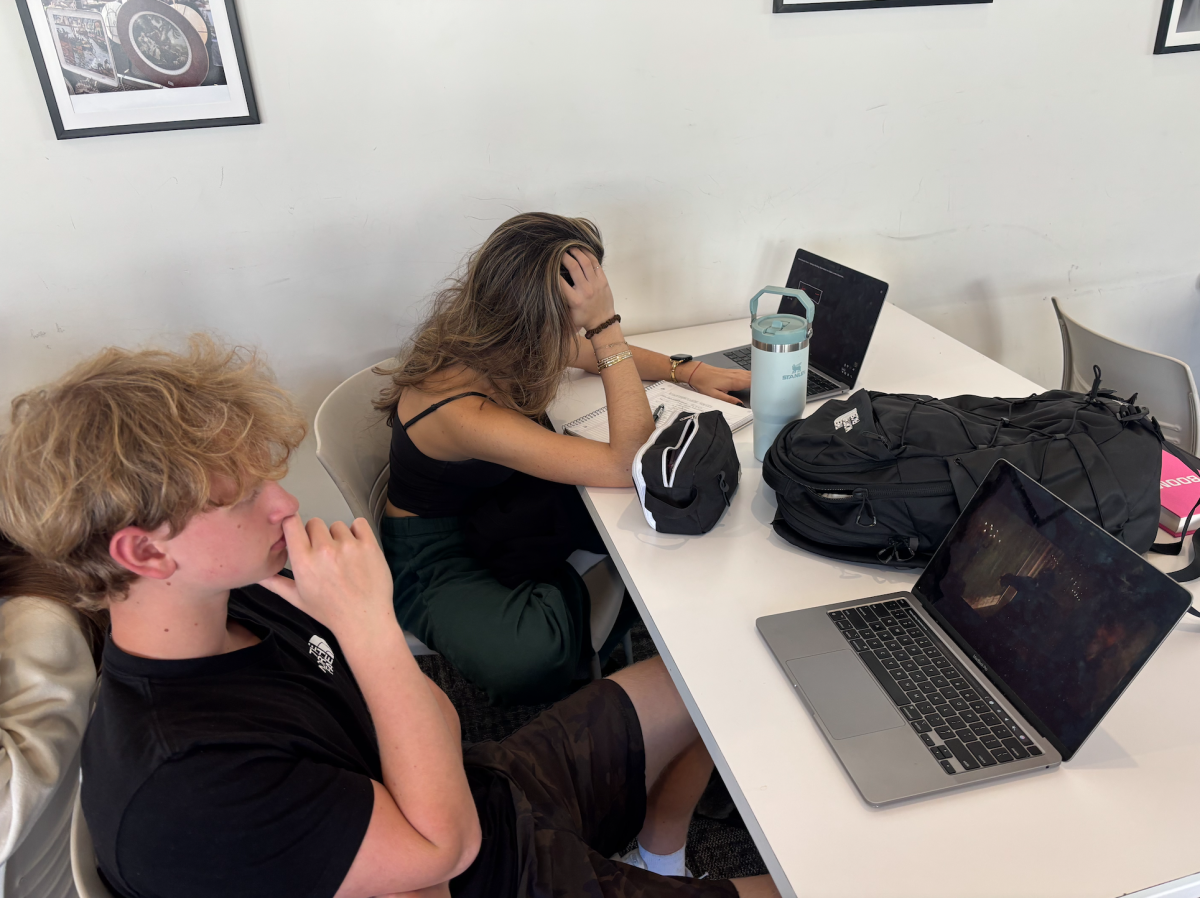


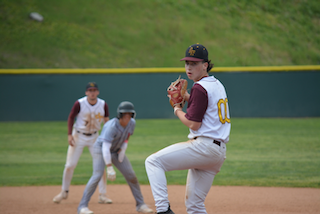
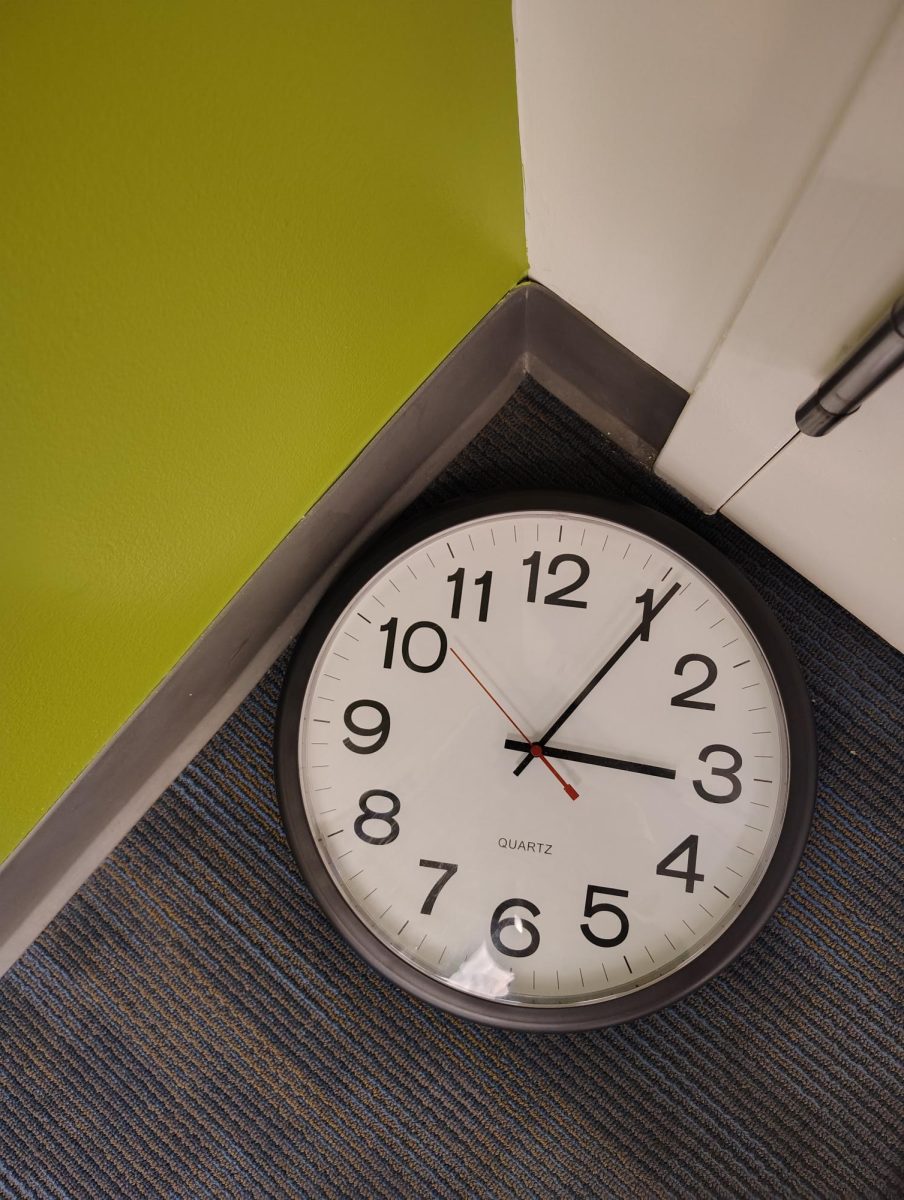
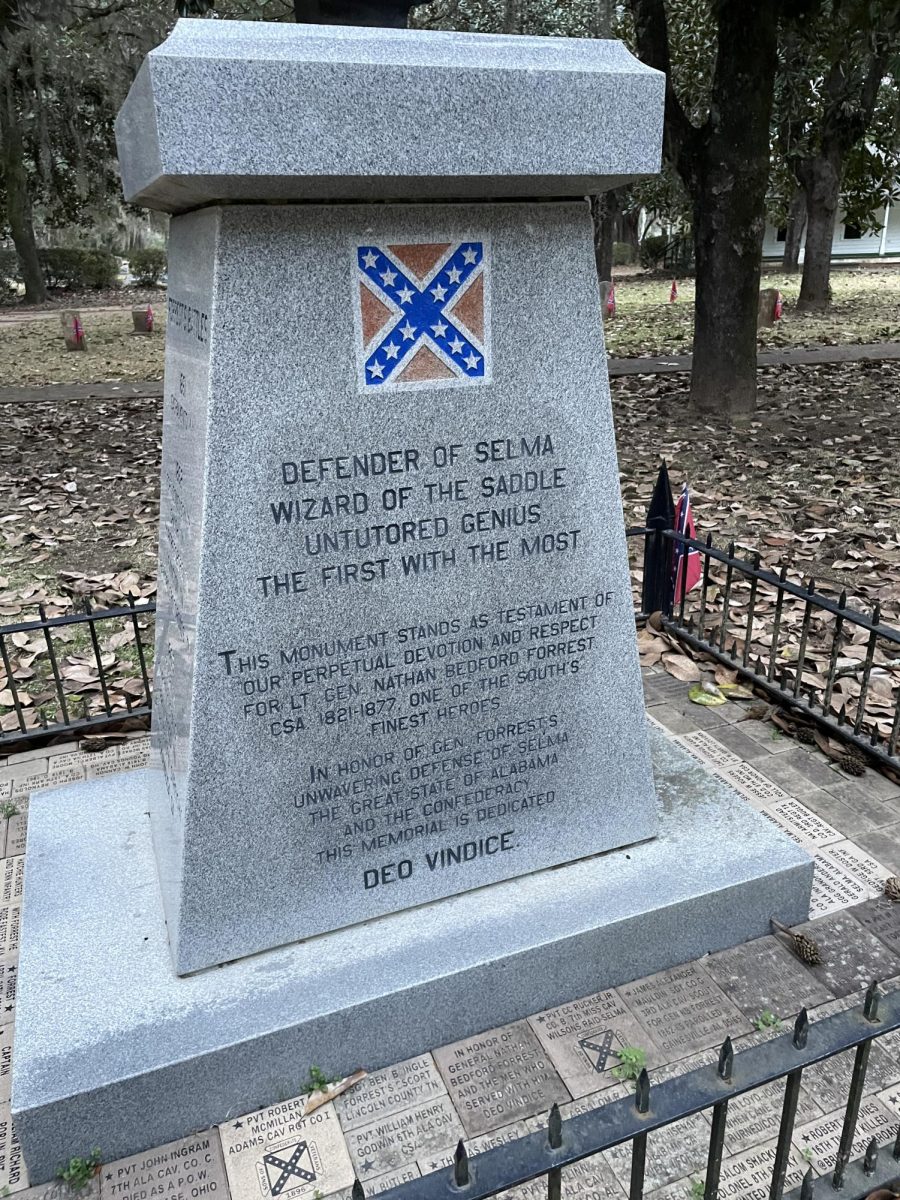
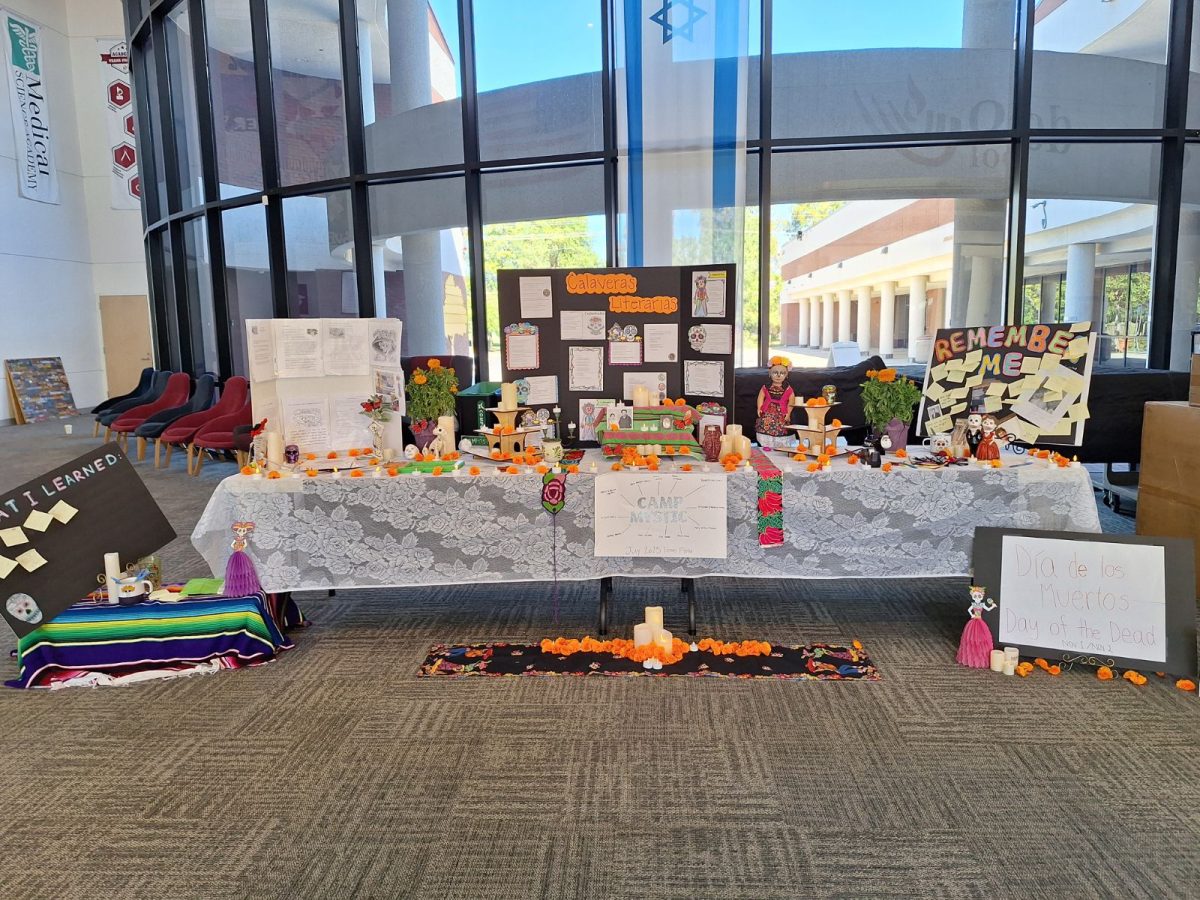


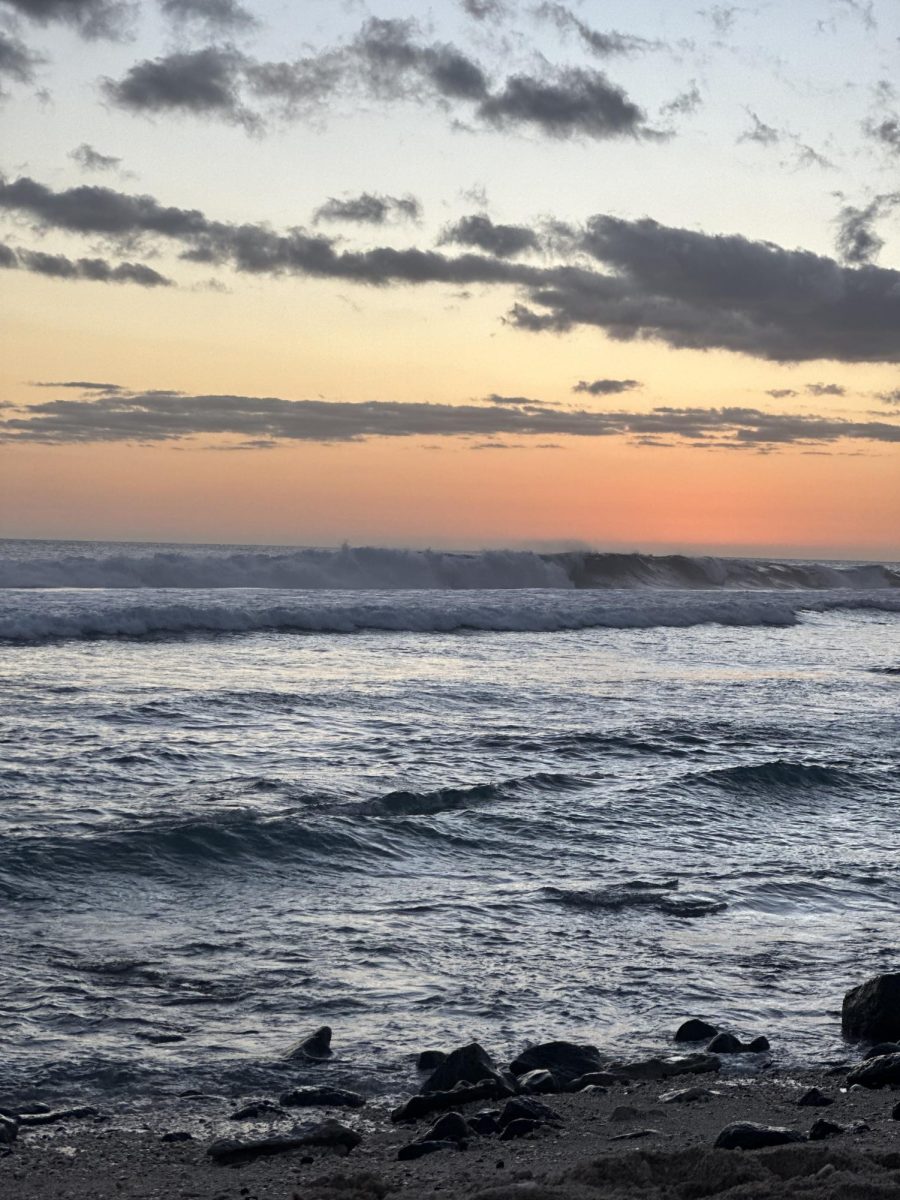

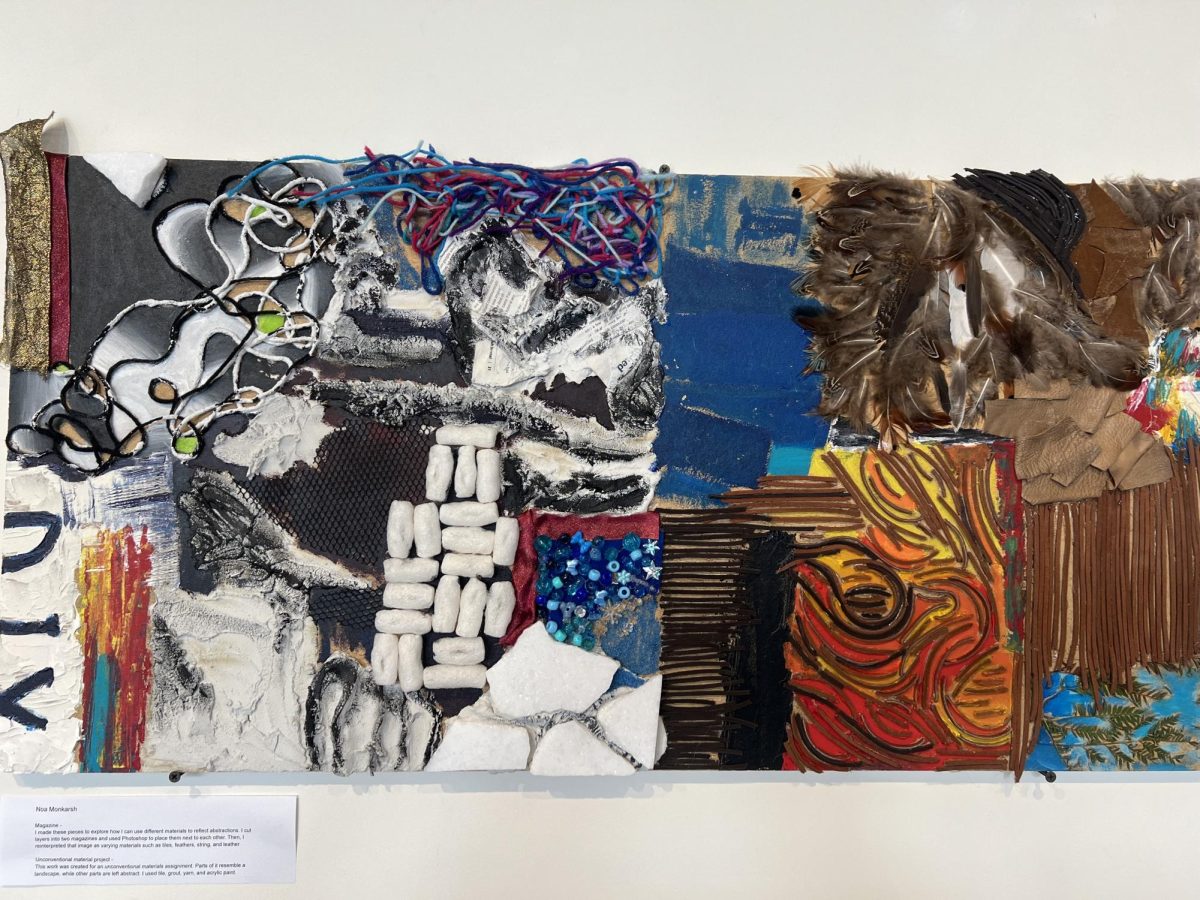


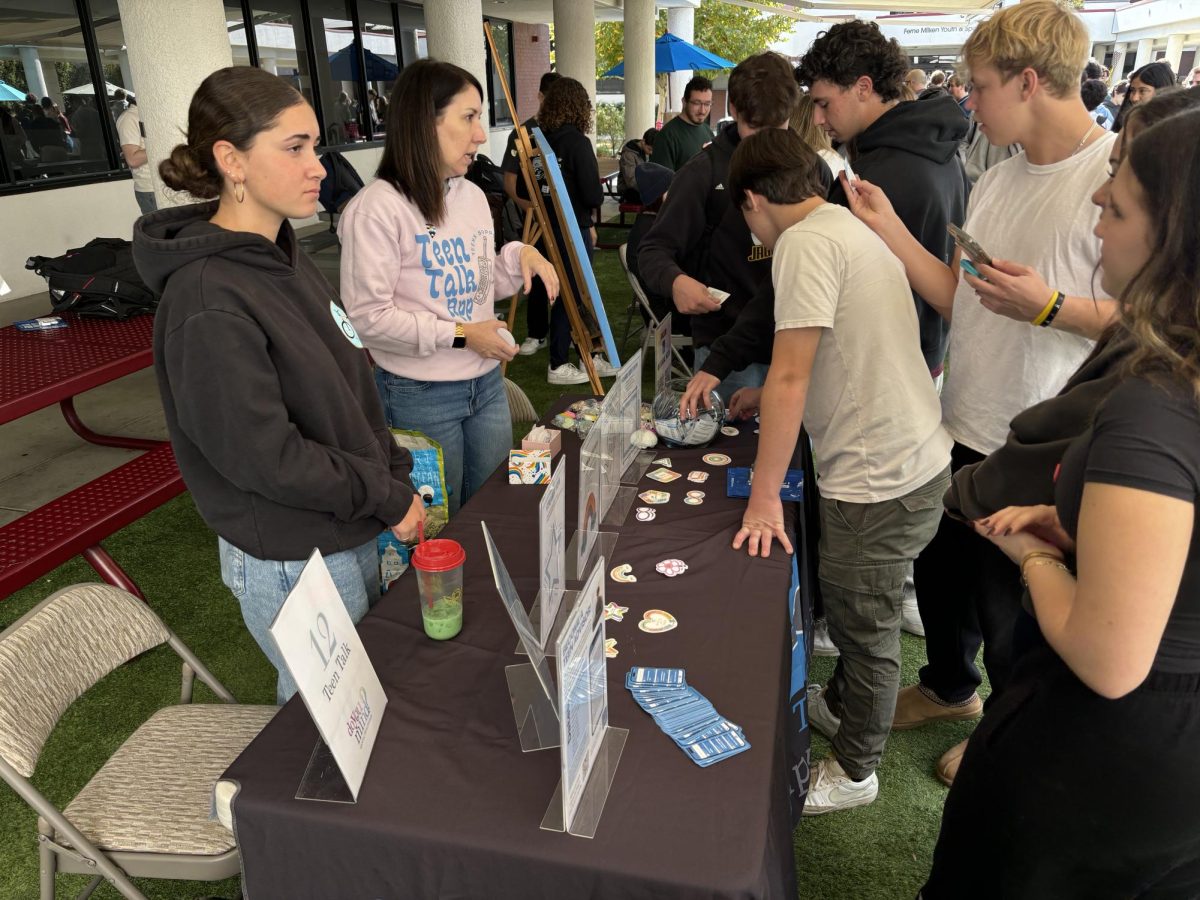


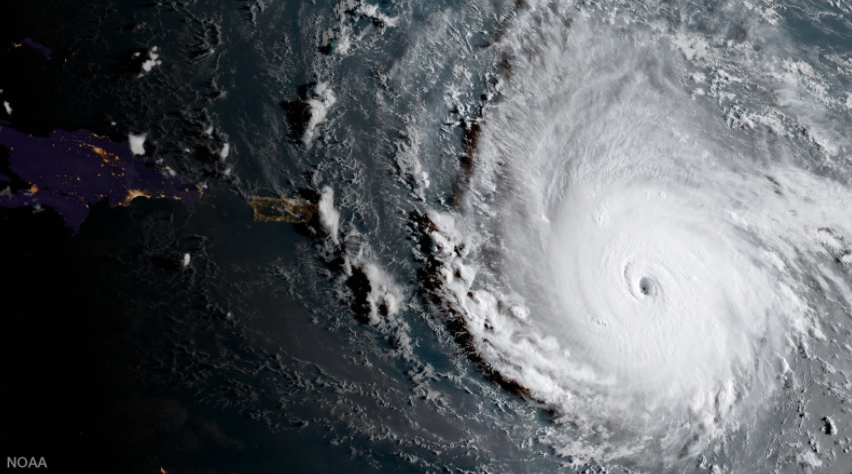

Ms. Bodenstein • Sep 19, 2017 at 8:56 am
This is so helpful. Perhaps you could lead a lunch seminar on preparedness.